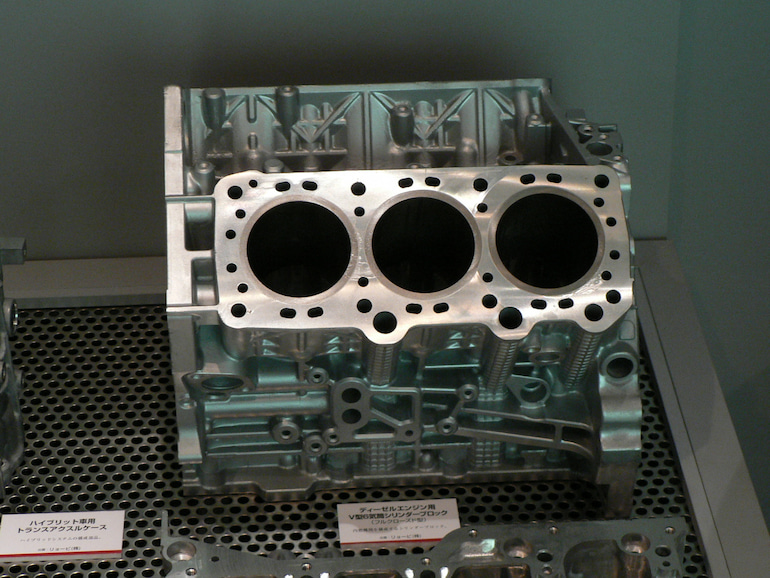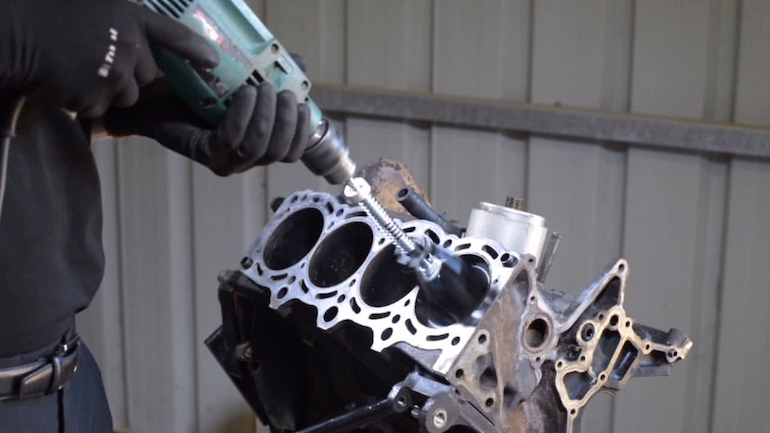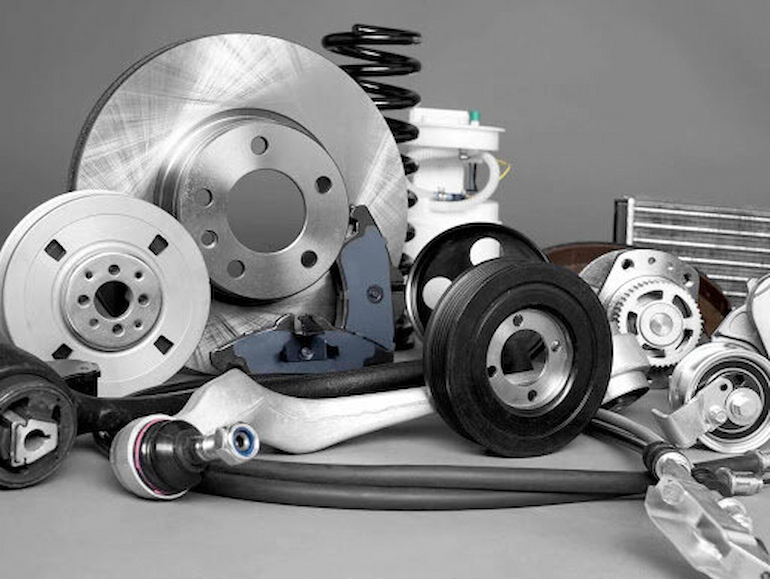If you’re a gearhead who wants to learn more about how engines work, then this article is for you. I’ll go over the anatomy of an engine and explain the process by which fuel is converted to mechanical energy.
What Is An Engine?
An engine is a device that converts energy from one form to another. In the case of an automobile engine, the energy comes from fuel and its byproducts (like heat and pressure). The conversion happens in two steps:
Energy is transferred from the fuel through moving parts called “engines.” – The engines use the transferred energy to create motion. This motion turns a shaft that turns gears that move the car. An engine’s ability to convert fuel into mechanical energy is measured in horsepower (which is itself a measurement of work).
Horsepower is measured in foot-pounds per second (or, more commonly nowadays, as “rotations per minute”). A typical car engine generates about 300 horsepower. That’s enough to move 3,000 pounds at 30 miles per hour.
What Is An Engine Block?
An engine block is part of an engine that contains the cylinders and machined surfaces that connect them. In most cars, the engine block is made from cast iron. It’s the big, rectangular thing in the middle of your engine bay.

The block is hollow and contains spaces for the pistons, connecting rods, oil pump and transmission. The cylinders are where fuel and air are mixed to create combustion. Most modern engines have between 4 and 12 cylinders.
What Is A Cylinder?
A cylinder is a single chamber inside an engine (or anything else) that’s designed to contain a fluid (like gas or oil) and move around as the engine rotates. Cylinders are usually round, but can be hexagonal (like on some Honda motorcycles). An engine usually has at least one cylinder, but it’s not unusual for there to be 4 or 8 of them. The cylinders of an engine are connected by a series of shafts and gears so that they all turn at once.
The cylinder walls contain holes called “ports” through which fuel and air enter and exit the chamber. The ports are usually round or rectangular. They’re machined into the cylinder walls and sealed with metal plugs called “head gaskets”. The head gasket also serves as a cushion between the rotating cylinders and the engine block.
There’s usually one intake port (for air) and one exhaust port (for gases). The shape of these ports is very important because they affect how well an engine can mix fuel and air, and extract waste products. More on that later…

What Is A Piston?
A piston is a long, cylindrical metal part that moves up and down inside an engine’s cylinders. It has a curved top surface called a “cylinder head”, which fits into the cylinder so that there is no air gap between them. The other end of the piston is flat and connected to a central shaft in your car’s transmission (or another part). When fuel and air are ignited in the cylinder, the hot gases push the piston down the cylinder. This motion turns the shaft that turns the gears.
The piston is connected to a connecting rod, which transfers its motion to another part of the engine. The other end of the connecting rod attaches to a crank in your car’s transmission (or something else). The curved top surface of the piston is called the “cylinder head”. It’s shaped so that it fits perfectly into the cylinder when it’s positioned there.
An engine can’t run without its pistons! They occupy all of the cylinders in an engine so that the fuel/air mixture can be ignited and converted to motion. Each piston has two moving parts: The top part is called the “connecting rod” and it connects to the crankshaft via a universal joint. The bottom part is called the “extension”, and it’s attached to a drive shaft in your car (or something else).
The connecting rods are usually made from steel or aluminium, but there are some high-quality car parts you can purchase made of carborundum or titanium. An engine’s pistons are designed to be able to withstand extremely high temperatures and pressures, so they’re usually made from very strong alloys like carbon steel or aluminium-silicon alloy.

What Are Cylinder Heads?
The cylinder head is part of an engine that sits on top of the cylinders. It contains valves (which control the flow of air and fuel). The cylinder head also has ports for connecting rods and oil passages for lubrication. The cylinder head is bolted onto the engine block and contains two types of valves:
- Intake Valves (for air)
- Exhaust Valves (for gases).
An intake valve opens when it’s time for fuel and air to enter the cylinder. When it closes, it allows the mixture to be compressed by the piston. It’s held closed by a cam mechanism that activates it when the correct amount of pressure is applied by the piston. An exhaust valve opens when it’s time for the gases in the cylinder to be released. It closes when there’s no pressure left from the piston. The valve is held closed by a spring that puts tension on it when it opens, making sure it closes again quickly. An engine’s valves are made of materials like steel or aluminium so they can withstand high temperatures and pressures. They’re usually coated with lubricants (like oil) so that they will move smoothly without creating any friction.

